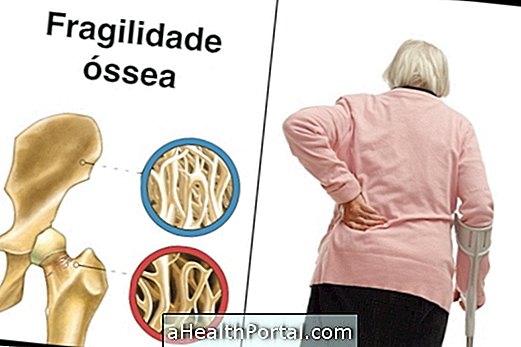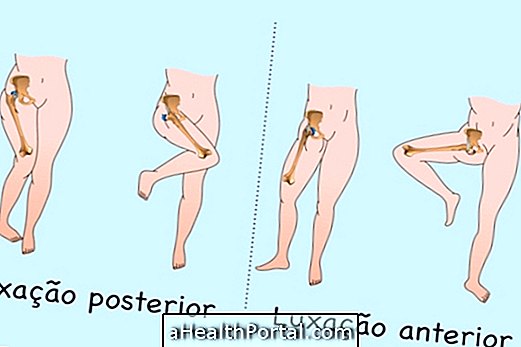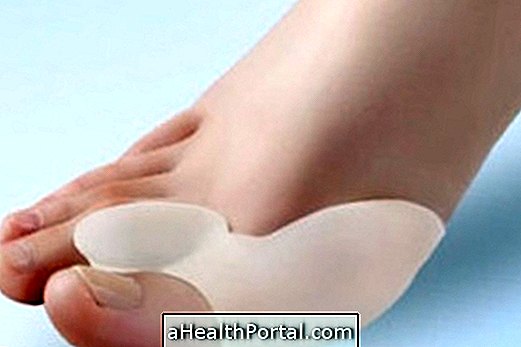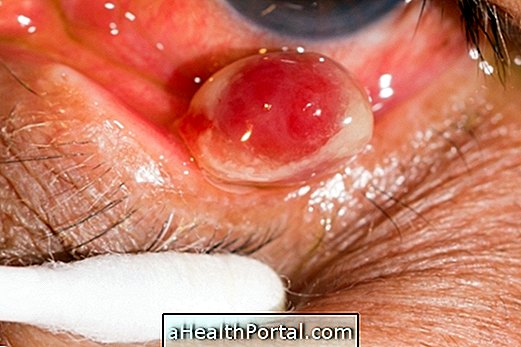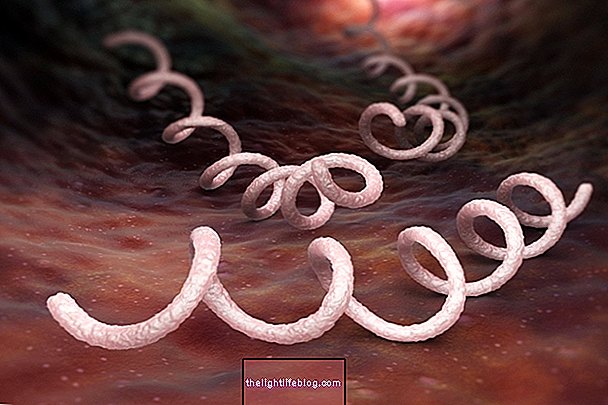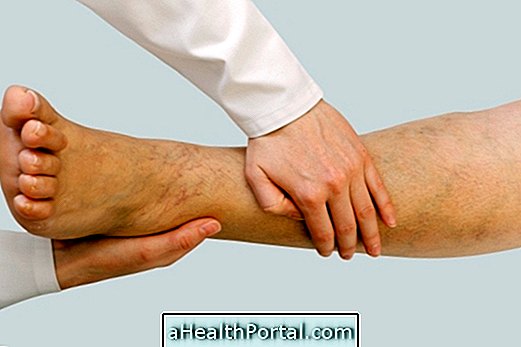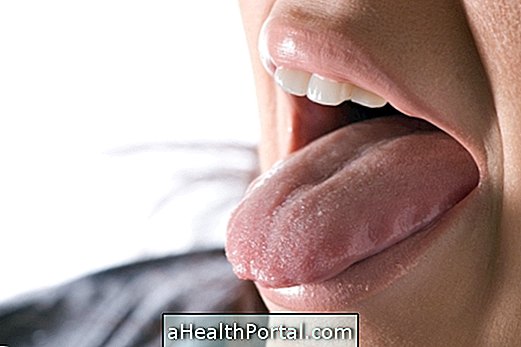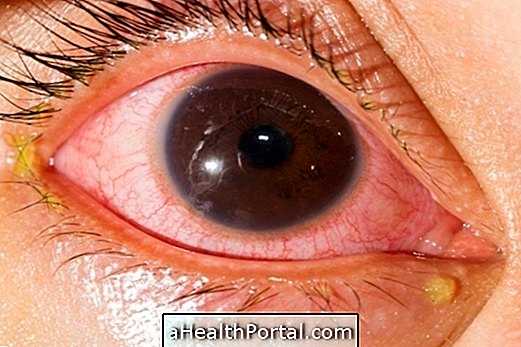Reactive arthritis is a type of inflammation of various parts of the body that can arise as a consequence of an intestinal, genital or urinary infection and which is characterized by joint pain, inflammation of the skin or redness of the eyes, for example.
The symptoms of reactive arthritis can disappear after 3 to 12 months even without treatment, however it has a lot of chance to happen again. The treatment for this type of arthritis is established by the general practitioner or rheumatologist according to the symptoms presented by the patient and the cause of the disease, and the use of anti-inflammatories, analgesics, corticosteroids or antibiotics, for example, may be recommended.
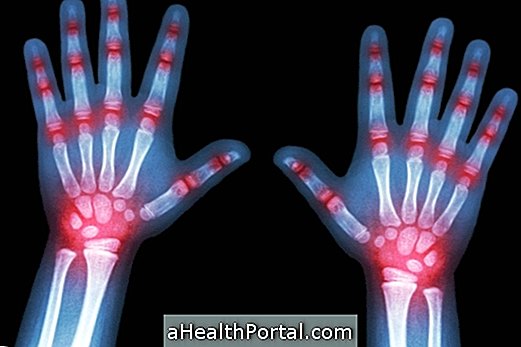
Symptoms of reactive arthritis
The symptoms of reactive arthritis vary according to the site of inflammation, with the most frequent symptoms being:
1. Reactive arthritis of the joints
- Joint pain;
- Difficulty in moving the joint;
- Pain in the back;
- Swelling in the joint.
2. Reactive arthritis in the urinary tract
- Pain or burning while urinating;
- Increased urge to urinate;
- Urgent urge to urinate;
- Drainage of whitish fluid through the urethra;
- Blood in the urine.
3. Reactive eye arthritis
- Redness in the eyes;
- Excessive tearing;
- Pain or burning in the eyes;
- Swelling.
In addition, other more general symptoms such as excessive tiredness, back pain, fever above 38 ° C, weight loss, canker sores, abdominal pain or diarrhea may also occur. When these symptoms appear, it is recommended to consult a general practitioner to evaluate the problem and indicate the need to consult a rheumatologist to start the appropriate treatment.
How is the treatment done?
The treatment for reactive arthritis is done according to the symptoms presented by the person and with the cause of the disease, and the rheumatologist is usually advised to use anti-inflammatory drugs and analgesics such as Paracetamol or Ibuprofen. In some cases the use of corticosteroids, such as Prednisolone, may also be recommended to reduce inflammation of various body sites and relieve symptoms.
The rheumatologist may also indicate the use of antibiotics if reactive arthritis is caused by bacterial infection and the body is not able to eliminate the bacteria. In addition, in the case where joints are affected, physiotherapy can also be indicated, which is done with exercises that help to recover limb movement and relieve pain, speeding up treatment processing.
However, it is not always possible to completely alleviate all symptoms of reactive arthritis by developing a chronic situation that causes the recurrent onset of symptoms for a few weeks. Learn more about treatment for rheumatoid arthritis.
Causes of reactive arthritis
Reactive arthritis usually arises as a consequence of a bacterial urogenital or intestinal infection. In the case of urogenital infection, it can be due to sexually transmitted diseases such as chlamydia, for example, which is caused by the bacterium Chlamydia trachomatis . When due to intestinal infections, it may be due to infection by Campylobacter sp, Shigella sp or Salmonella sp, for example.
These infections can occur because of unprotected intimate contact in the case of STDs or food poisoning in the case of intestinal bacterial infections. In addition, reactive arthritis can be caused by glandular fever, throat infection or viral flu.
